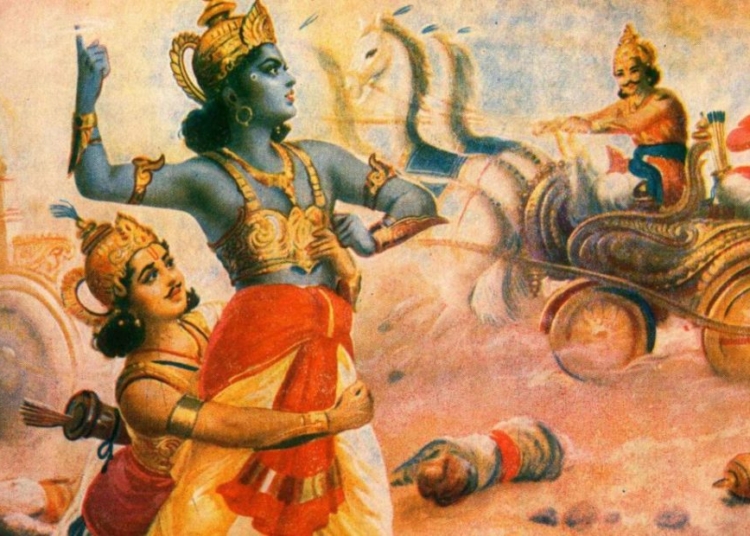This content discusses the evolution of rules and laws of armed conflict, focusing on the morality of International Humanitarian Law (IHL). It explores the historical origins of IHL, from ancient codes such as the Code of Hammurabi to the chivalric code of the Middle Ages. It then delves into the birth of modern IHL through the First Geneva Convention of 1864 and the establishment of the International Committee of the Red Cross. The content also highlights the expansion of IHL after World War II and its moral dimensions, addressing issues such as the protection of civilians and the prohibition of torture. It acknowledges the challenges facing IHL today and emphasizes the need for continuous evolution to uphold its principles and values. Overall, the content emphasizes the moral imperative of IHL to mitigate human suffering and protect the vulnerable in armed conflicts.
The Evolution of Rules and Laws of Armed Conflict: Reflecting on the Morality of International Humanitarian Law
Introduction
Over the centuries, societies have witnessed the horrors and devastation caused by armed conflicts. In an attempt to mitigate the brutality of war and protect civilians and combatants alike, rules and laws of armed conflict have evolved. These regulations, encompassed in what is known as International Humanitarian Law (IHL), seek to strike a balance between military necessity and the fundamental principles of humanity. This article delves into the historical development of IHL and explores the moral dimensions it encompasses.
Early Origins
Human history is marked by various codes and principles governing warfare. The earliest known example is the Code of Hammurabi, established in ancient Mesopotamia around 1754 BC. This code outlined rules for capturing prisoners of war, protecting civilians, and setting limits on retribution. Similar regulations can be found in other early civilizations such as ancient Egypt, Greece, and Rome.
However, it was not until the Middle Ages that more comprehensive rules of warfare began to emerge. The chivalric code, which governed the conduct of knights and feudal lords, emphasized notions of honor, courage, and respect for one’s adversary. Though largely exclusive to Western Europe, this code laid the groundwork for the subsequent development of IHL.
The Birth of Modern International Humanitarian Law
The devastating impact of the Napoleonic Wars and the American Civil War prompted a global reevaluation of the ethics of warfare. In response, the First Geneva Convention of 1864 was adopted, marking the birth of modern IHL. This convention sought to establish standards for the treatment of wounded soldiers and medical personnel in the field. It also laid the foundation for subsequent humanitarian treaties.
International Red Cross and Red Crescent Movement
The establishment of the International Committee of the Red Cross (ICRC) in 1863 and the adoption of the Red Cross and Red Crescent emblems introduced a new era in the protection of victims of armed conflicts. The ICRC played a crucial role in promoting and developing IHL, working to ensure compliance with the laws and regulations during times of war.
Expanding Scope and Morality
In the aftermath of World War II, with its unparalleled atrocities and crimes against humanity, the international community recognized the need for more expansive and morally grounded regulations. The four Geneva Conventions of 1949, which set the standards for the treatment of prisoners of war, wounded troops, and civilians, were drafted as a response to the horrors witnessed during the war.
Additional protocols were added in 1977, further expanding the framework of IHL. These protocols addressed new challenges such as the protection of civilians during internal conflicts and the prohibition of certain weapons deemed excessively injurious or indiscriminate.
Morality in International Humanitarian Law
At its core, IHL is fundamentally grounded in the principles of humanity, neutrality, and proportionality. The morality inherent in IHL lies in its aim to mitigate human suffering and protect the most vulnerable individuals affected by armed conflicts. It seeks to limit the means and methods of warfare, restricting violence to the necessary extent.
The moral dimensions of IHL extend beyond its guiding principles. It addresses issues such as the rights of detainees, the protection of cultural property, and the prohibition of torture and cruel treatment. By holding parties accountable for their actions, IHL promotes the idea that even in the midst of war, certain acts remain morally reprehensible and should be condemned.
Challenges and the Way Forward
While IHL has made significant strides in protecting victims of armed conflicts, challenges persist. The rise of non-state armed groups, the increasing use of new technologies in warfare, and the compliance of state actors with international legal obligations are some of the challenges facing the effectiveness and enforcement of IHL.
Furthermore, questions regarding the accountability of individuals and states for violations of IHL remain contentious. The International Criminal Court was established in 2002 to address such violations, but achieving universal adherence and accountability remains a complex task.
The continuous evolution of IHL in response to emerging challenges and moral dilemmas is essential. It requires the international community, states, humanitarian organizations, and civil society to remain vigilant and committed to upholding the principles and values enshrined in IHL.
Conclusion
The evolution of rules and laws of armed conflict, embodied in International Humanitarian Law, illustrates humanity’s ongoing struggle to reconcile the inherent violence of warfare with notions of morality and compassion. Through historical developments, societies have sought to mitigate the suffering caused by armed conflicts and promote respect for the dignity and rights of individuals affected by war. As we reflect on the past and consider the challenges ahead, the moral imperative of IHL remains clear – to minimize human suffering and protect the most vulnerable amidst the atrocities of war.













